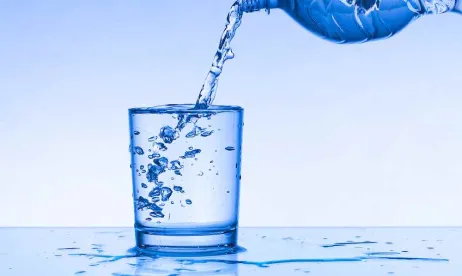Last week, the New York Department of Health (DOH) proposed adding four PFAS to the New York PFAS drinking water standards for PFOA and PFOS. Under the DOH proposal, PFDA, PFNA, PFHxS and PFHpA would be added to the state’s regulated chemicals list, with Maximum Contaminant Levels (MCLs) set at 10 parts per trillion (ppt) for each of the four PFAS. This would mirror the 10ppt standard set for both PFOA and PFOS in 2020. DOH is also proposing a combined MCL of 30 ppt for the six PFAS types. Detections at or above these levels could lead to enforcement actions against companies that the DOH feels contributed to the contamination of drinking water sources.
Now more than ever, the EPA is clearly on a path to regulate PFAS contamination in the country’s water, land and air. These regulations will require states to act, as well (and some states may still enact stronger regulations than the EPA). Meanwhile, individual states are enacting their own PFAS standards, as is reflected in the New York PFAS drinking water standards in effect and proposed. Both the federal and the state level regulations will impact businesses and industries of many kinds, even if their contribution to drinking water contamination issues may seem on the surface to be de minimus. In states that already have PFAS drinking water standards enacted, businesses and property owners have already seen local environmental agencies scrutinize possible sources of PFAS pollution much more closely than ever before, which has resulted in unexpected costs. Beyond drinking water, though, the EPA PFAS Roadmap from 2021 shows the EPA’s desire to take regulatory action well beyond just drinking water, and companies absolutely must begin preparing now for regulatory actions that will have significant financial impacts down the road.




 />i
/>i

